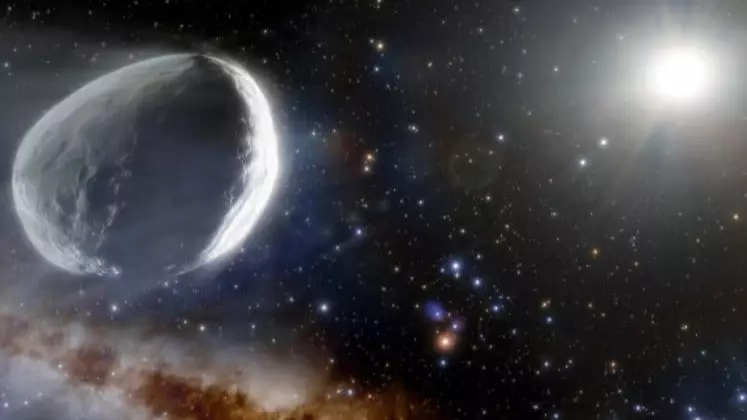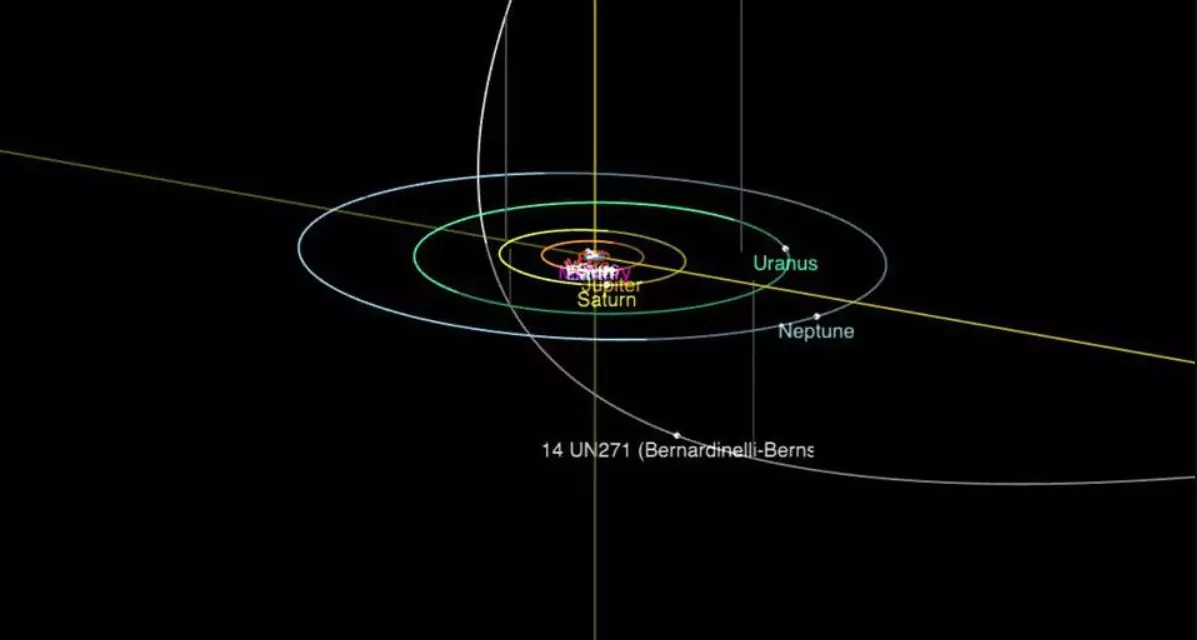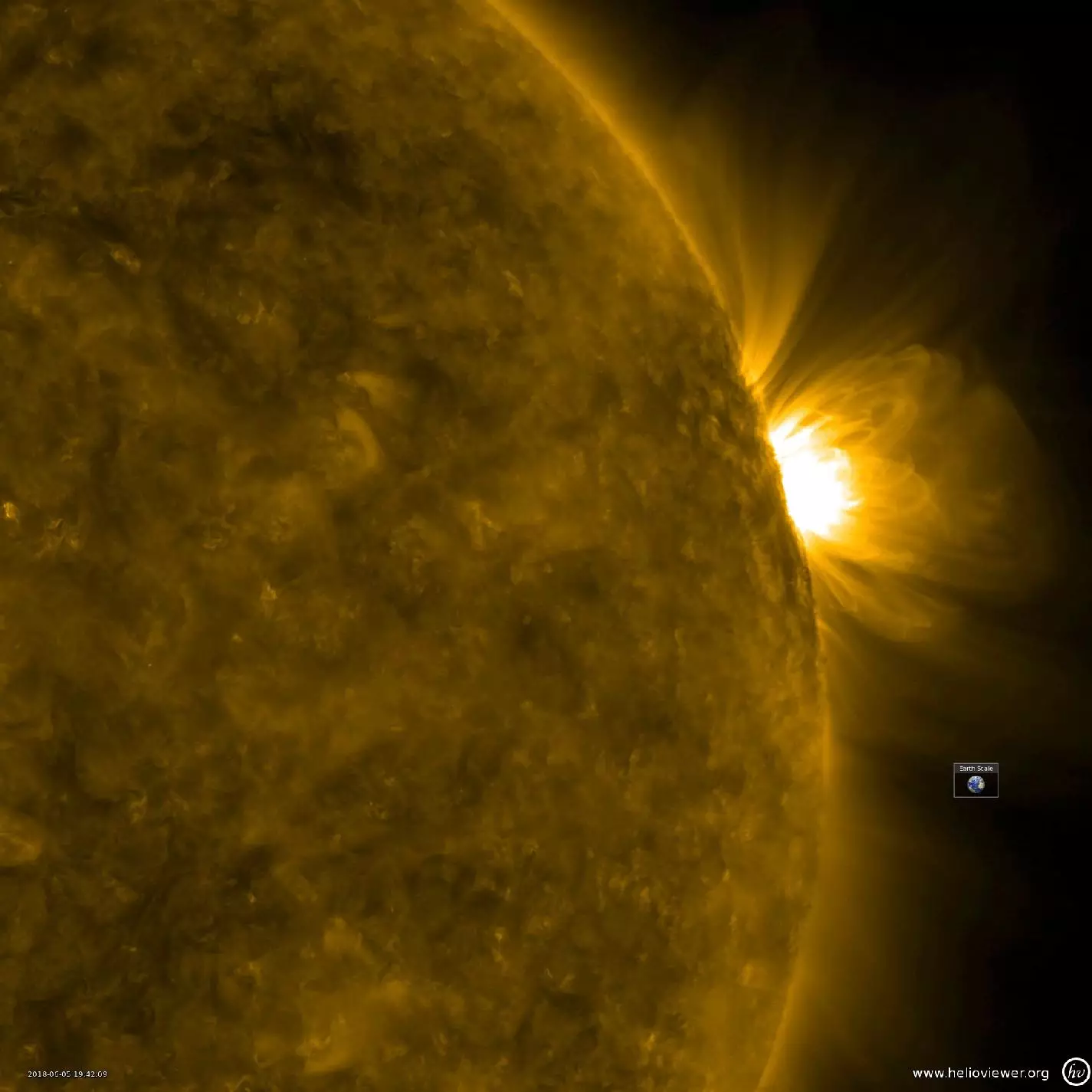
A giant comet is heading towards the sun, but it's nothing to worry about according to experts.
The Bernardinelli-Bernstein Comet is 1,000 times bigger than the average comet we see in our solar system and was first spotted in 2014 when it was around four billion kilometres away.
However since then it's travelled another billion kilometres closer to the solar system and is heading towards the sun.
Advert
Comet Bernardinelli-Bernstein has an orbit that is perpendicular to the plane of our solar system meaning it will reach its closest point to the sun in 2031.

Gary Bernstein, from the University of Pennsylvania, who found and named the comet alongside Pedro Bernardelli told the Independent: "We have the privilege of having discovered perhaps the largest comet ever seen - or at least larger than any well-studied one - and caught it early enough for people to watch it evolve as it approaches and warms up.
"It has not visited the solar system in more than three million years."
Advert
It's estimated to be between around 95 and 370 kilometres wide (60 and 230 miles), which could make it the largest comet ever discovered, according to EarthSky.
For a bit of context, Halley's Comet is around 5.6km (3.5miles) wide.
But despite its size, if you fancy getting a look at it, you'll need to whip out your telescope as it's unlikely you'll be able to see it with the naked eye.
Comet Bernardinelli-Bernstein originated in the Oort Cloud, a collection of cosmic bodies made of massive amounts of dust, according to the Independent.

The comet is believed to the be largest to come come from the Oort Cloud but astronomers reckon there could be more undiscovered comets hiding away inside the cloud.
Advert
Astronomer Tod Lauer from the National Optical-Infrared Astronomy Research Laboratory (or NOIRLab) told the news outlet: "This is a much needed anchor on the unknown population of large objects in the Oort Cloud and their connection with early migration of the ice/gas giants soon after the solar system was formed."
Chris Davis, National Science Foundation Program Director for NOIRLab, added: "Finding huge objects like Comet Bernardinelli-Bernstein is crucial to our understanding of the early history of our Solar System."
Featured Image Credit: NOIRLab/NSF/AURA/J. da SilvaTopics: Interesting, Nasa, space